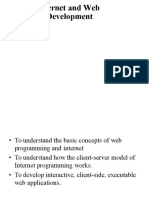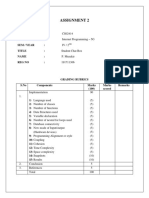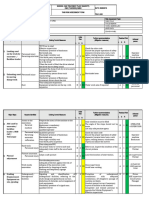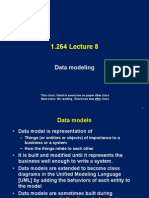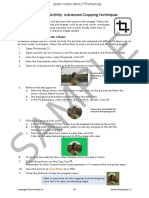0% found this document useful (0 votes)
38 views9 pagesRevision Server Side
The document discusses client-server relationships and how browsers communicate with servers. It describes static and dynamic websites and the multi-tier architecture approach. It also covers server-side scripting, localhost, PHP, variables, operators, control structures, CRUD operations and user input validation.
Uploaded by
Khaijin LimCopyright
© © All Rights Reserved
We take content rights seriously. If you suspect this is your content, claim it here.
Available Formats
Download as DOCX, PDF, TXT or read online on Scribd
0% found this document useful (0 votes)
38 views9 pagesRevision Server Side
The document discusses client-server relationships and how browsers communicate with servers. It describes static and dynamic websites and the multi-tier architecture approach. It also covers server-side scripting, localhost, PHP, variables, operators, control structures, CRUD operations and user input validation.
Uploaded by
Khaijin LimCopyright
© © All Rights Reserved
We take content rights seriously. If you suspect this is your content, claim it here.
Available Formats
Download as DOCX, PDF, TXT or read online on Scribd
/ 9









